with STEM™ CAREERS JOB KIT Aerospace Engineer
Design, build and test aircraft and spacecraft to push the boundaries of flight
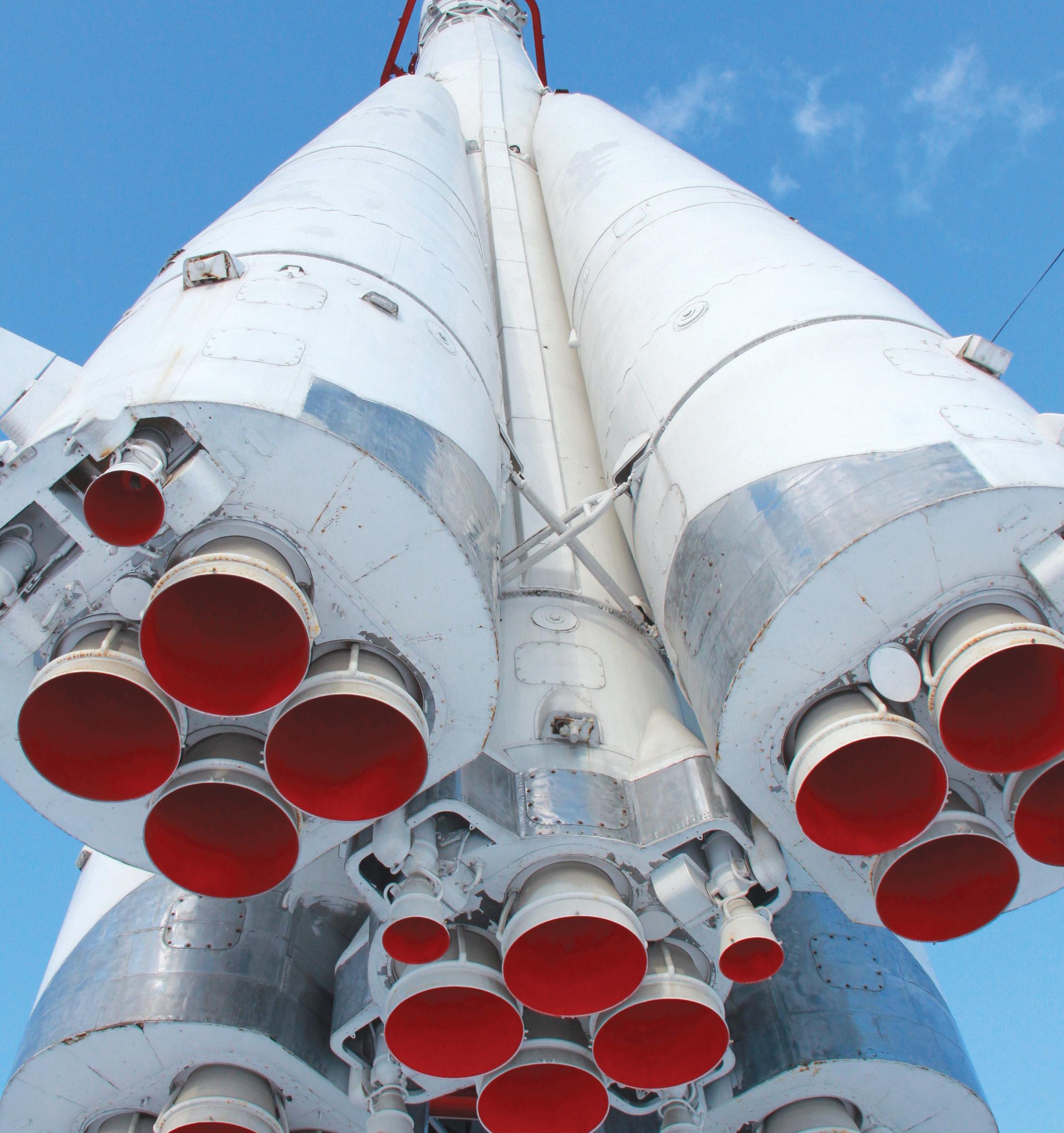
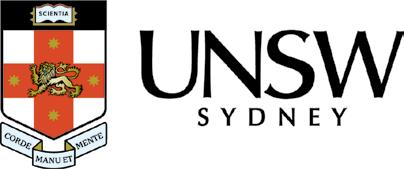

Design, build and test aircraft and spacecraft to push the boundaries of flight



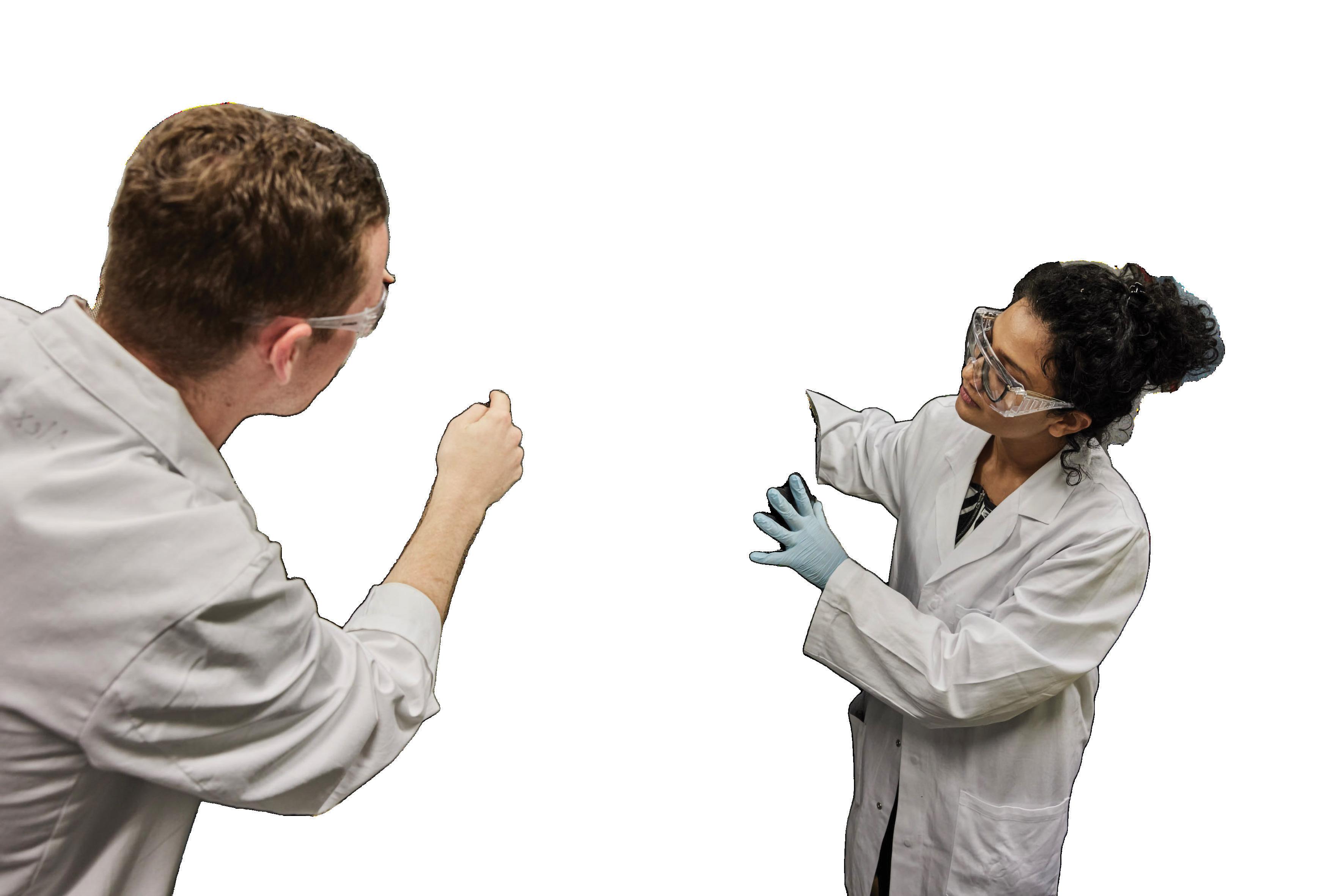
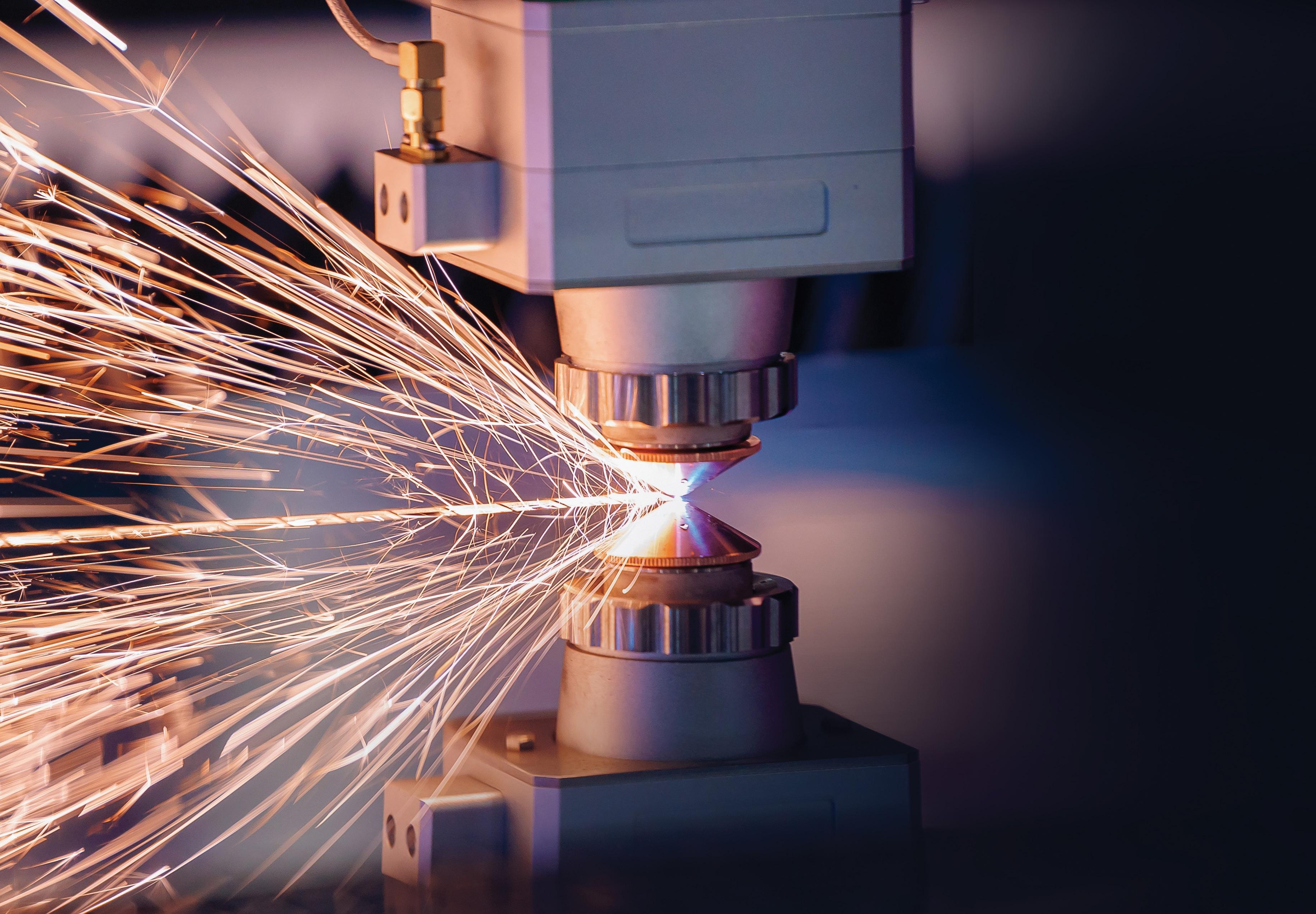

Welcome to the dynamic world of aerospace engineering. If your dream is to solve problems, push technology to its limits and help humans explore space and live more sustainably on Earth, aerospace engineering could be your ultimate adventure.
As an aerospace engineer, you’ll be tasked with the fun – and vital – work of helping humans travel faster, safer and in more environmentally responsible ways.
The Australian government has recognised that space research is an integral part of our future –and aerospace is one of Australia’s major exporters of high value-added manufactured goods. As an aerospace engineer, you’ll be in-demand, paid very well and play a vital role in improving Australia’s space capabilities.
There’s huge variety in this field: from working at the frontiers of space to making a real impact on global challenges like sustainability, aerospace engineers do vital work. You could be designing electric planes to cut carbon emissions, supersonic jets that could fly from Sydney to LA in under eight hours or spacecraft that may one day carry us to other planets.
At UNSW, we’re world leaders in aerospace engineering. We ensure our students get hands-on opportunities and work closely with innovative researchers and cutting-edge industry. We’re focused on creating the aerospace leaders of
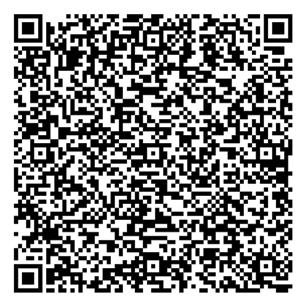
tomorrow: think access to our flight simulator, mechatronics research space, refrigeration lab, laser labs, and aerodynamics laboratory, with four wind tunnels and mechanical workshop. Plus, we pride ourselves on a hosting strong, supportive and creative community.
If you like the sound of studying spacecraft control systems, satellite photovoltaics, autonomous space robots and electronics for space sensors, you’ve found your people. And whether you want to work in Australia or overseas, you’ll graduate industry-ready.
If you’re curious, creative, and driven, aerospace engineering puts you at the heart of innovation, shaping the future of flight and beyond.
Scientia
Wang Head of School
UNSW School of Mechanical and Manufacturing Engineering
Use your aerospace engineering skills to explore our skies, space and beyond!
Have you ever looked up at a plane streaking across the sky or watched a rocket launch and thought: how does that even happen? If so, aerospace engineering could be for you.
Aerospace engineering is all about designing, building and testing things that fly. Whether you’re working with aeroplanes, helicopters, rockets, satellites or even spacecraft, you’ll be using mechanical engineering, physics, computer science and creativity.
✔ Design and test airplane wings so they’re strong and lightweight.
✔ Build rockets that survive the heat and pressure of launch.
Can’t choose between mechanical and aerospace engineering? The good news is, at UNSW you don’t have to lock in a speciality until your third year. In a nutshell, the difference is this:
• aerospace engineers work out how to fly
• mechanical engineers work out how to fly safely
That means aerospace engineers are all about getting airborne, while mechanical engineers ensure the designs can be manufactured and maintained.

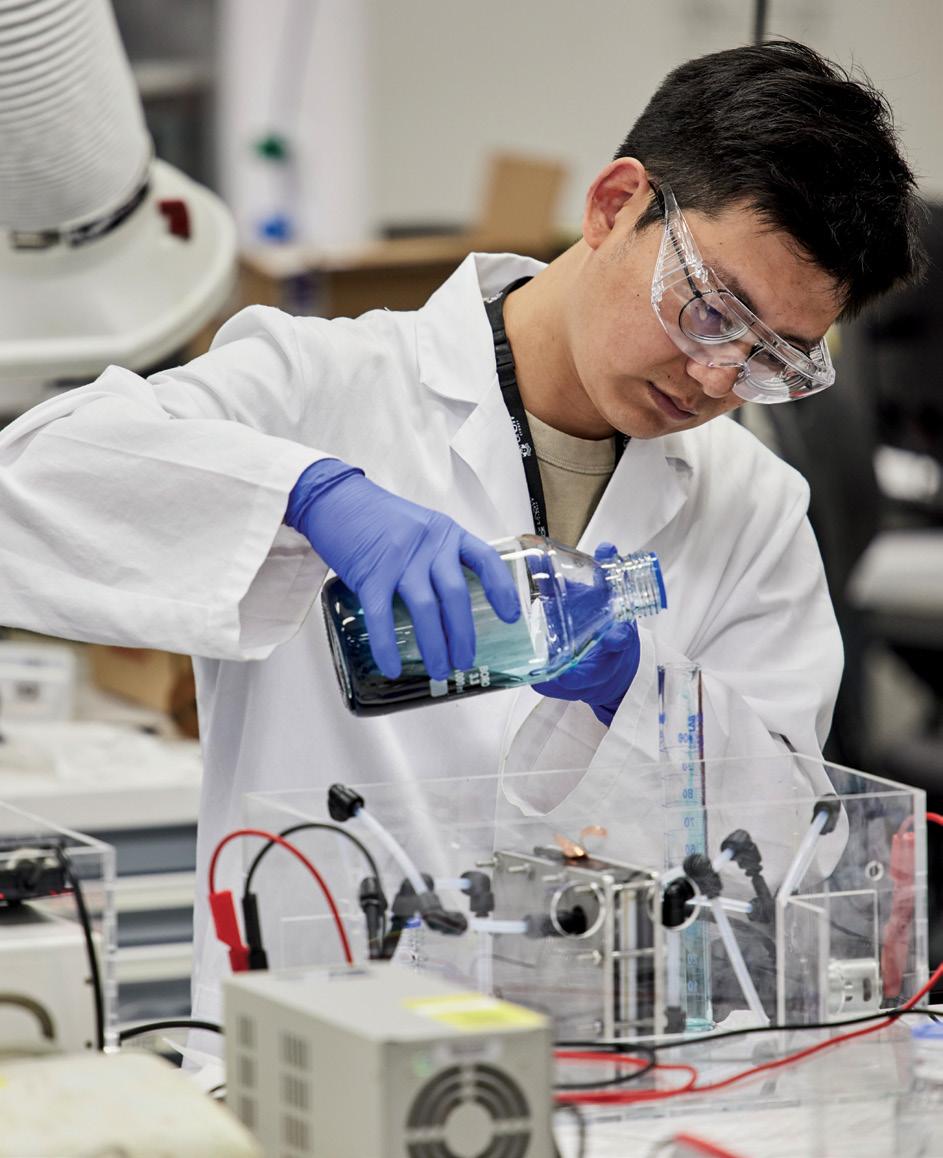
✔ Create computer simulations of airflow and space travel.
✔ Develop drones used for deliveries, photography or rescue missions.
✔ Work on satellites that give us GPS, weather forecasts and internet.
As an aerospace engineer, you could land jobs like:
Aeronautical engineer work on planes and helicopters
Astronautical engineer focus on rockets and spacecraft
Propulsion engineer design engines and fuel systems
Avionics engineer work on the electronics inside planes and spacecraft
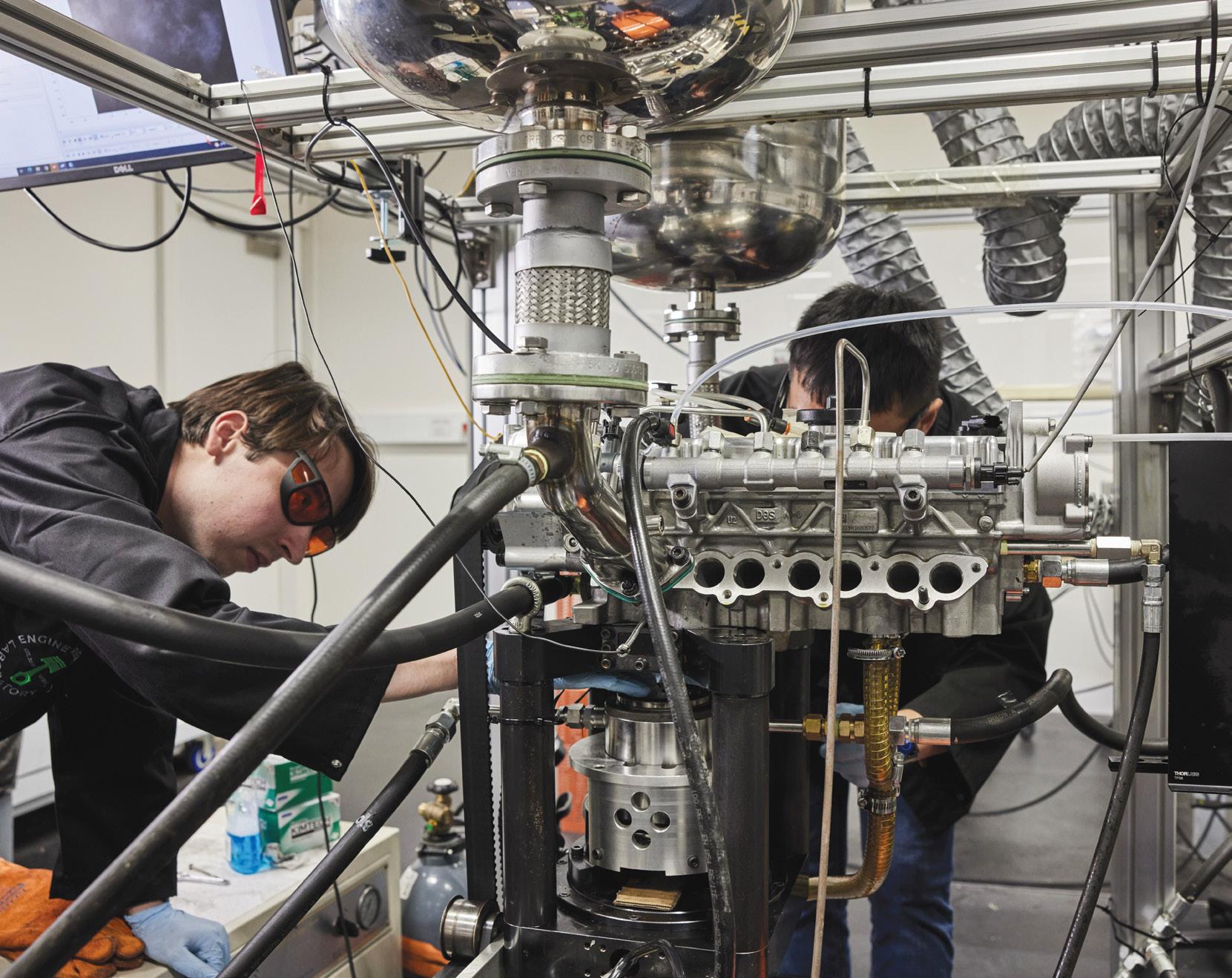
Systems engineer ensure all the parts of a project work together
Materials engineer develop next-gen materials to handle heat, pressure and speed

Choose a Bachelor of Engineering (Honours) in Aerospace Engineering at UNSW, and you’ll get skills, experience and qualifications in:
Year 1: Engineering design, maths, physics, mechanics and computing
Year 2: Solid mechanics, fluid mechanics and thermodynamics
Year 3 and beyond: Aerodynamics, flight mechanics, propulsion, aerospace systems and more, plus get involved with opportunities like the ChallENG project .
Aerospace engineering is just as important on Earth as in space:
• GPS navigation comes from aerospace satellites
• Weather forecasting relies on satellites in orbit
• Medical equipment often uses materials and sensors first developed for spacecraft
• Even computer flight simulators are based on aerospace research
In Australia, aerospace engineers earn between $145,000 and $165,000 a year.
*Source: Seek.com

You could be a great mechanical engineer if you:
Love physics and maths
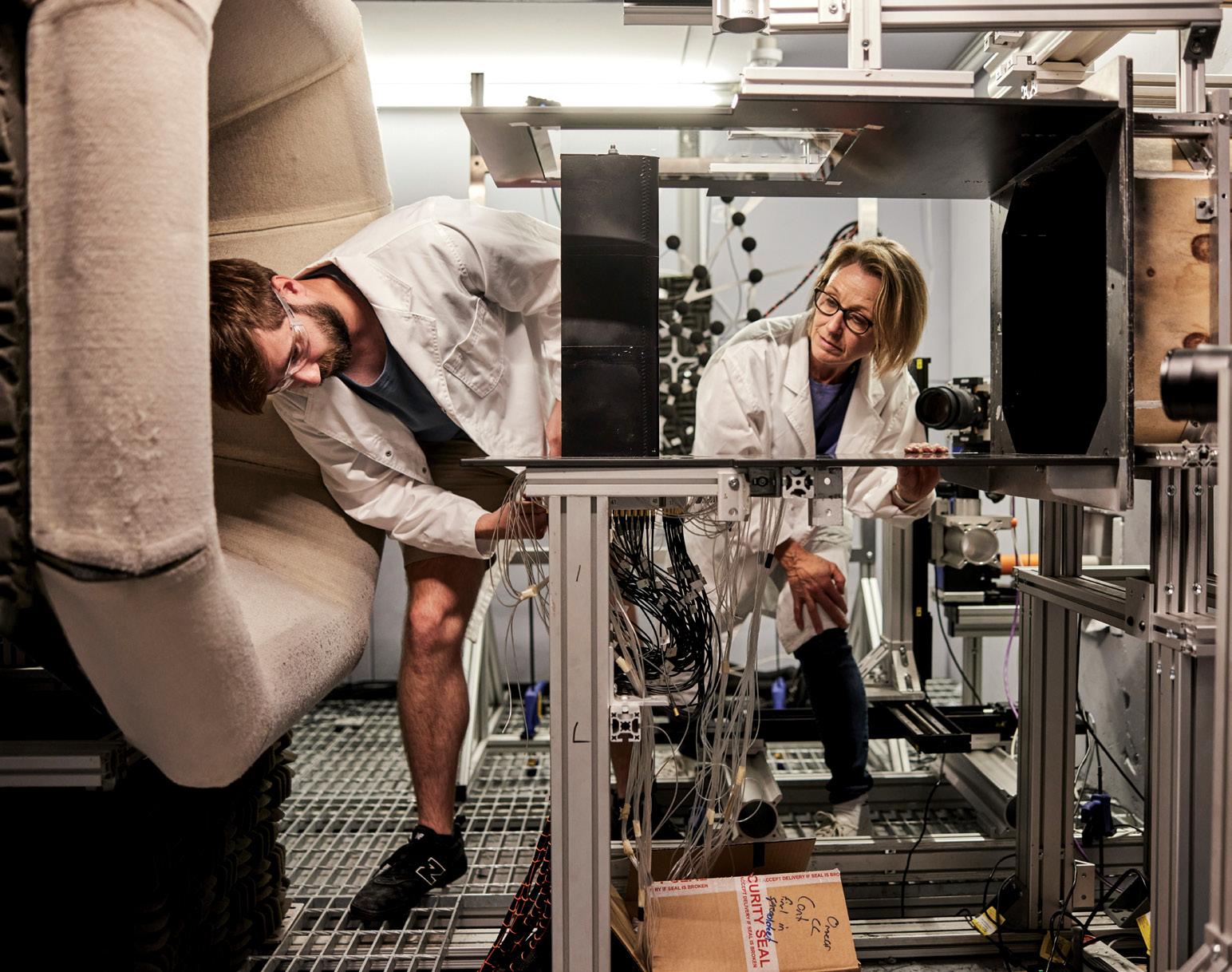
Are curious about how machines work
Are patient and persistent
Enjoy solving complicated problems
Work well in a team (planes and spacecraft aren’t built solo!)
UNSW’s engineering faculty consistently ranks as the best in Australia. You’ll get hands-on experience, access to global research, industry placements and flexible double degree options.
Scholarships to watch
NASA’s not the only place you can put your qualificationsaerospace to work. You could start your career working with airlines, defence companies, research labs and more. At UNSW we have undertaken research with:
Lockheed Martin satellites and space systems
Airbus from commercial aircraft to military helicopters
Boeing Australia from airplanes to rockets
Safran Space engines, avionics and space systems
Joby Aviation
electric vertical take-off and landing (eVTOL) aircraft
Thales Australia
avionics and aerospace electronics
• UNSW Women in Engineering Scholarship
• UNSW Engineering Rural Scholarship
Find out more At scholarships.unsw.edu.au or scan

Aerospace engineering
student Jennifer He is rocketing her way to success
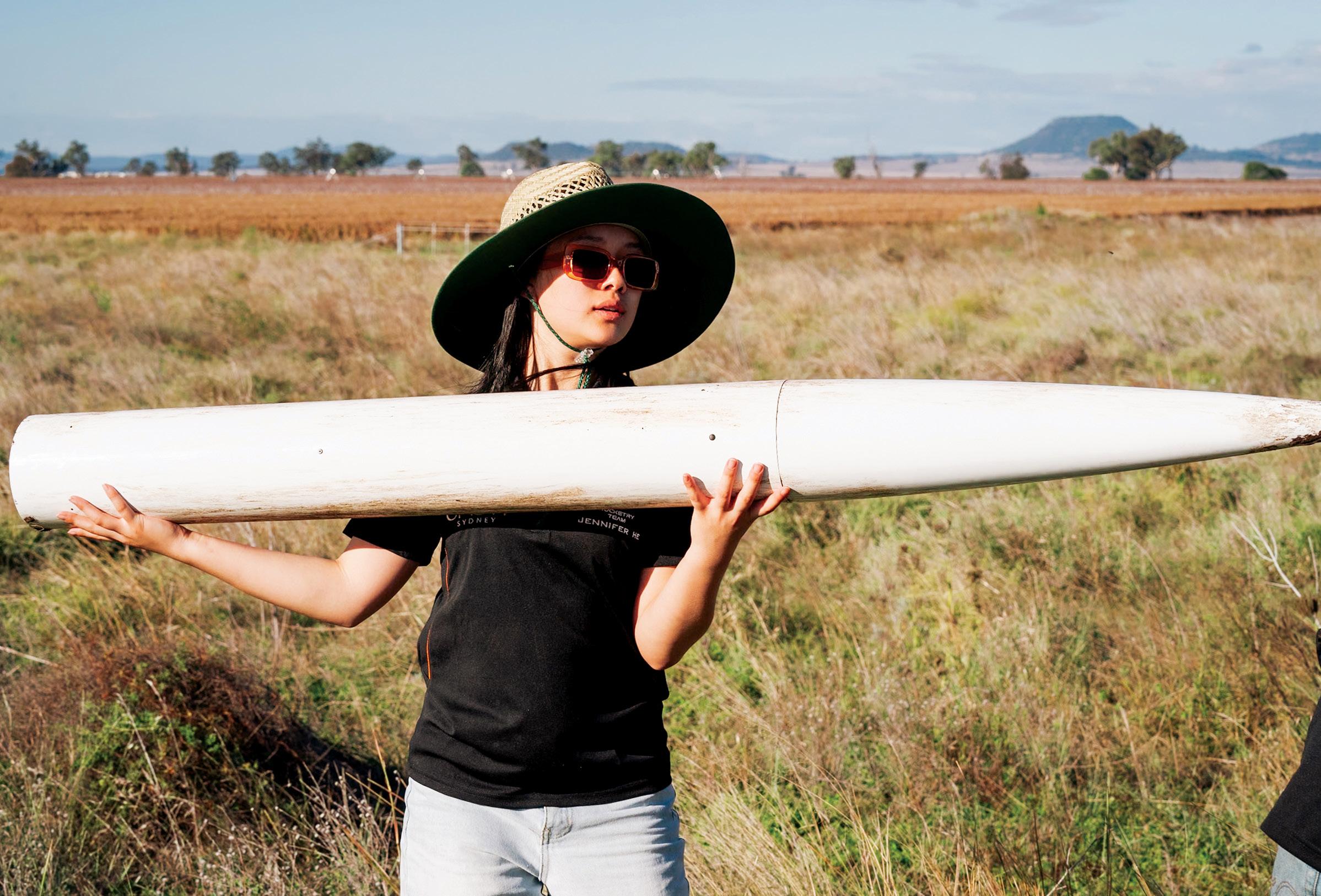
Jennifer He Vice president, UNSW Rocketry Aerospace engineering student
For UNSW aerospace engineering student
Jennifer He, university is about more than just study – it’s about community, challenge and chasing ambitious goals.
Now in her third year, Jennifer is already making an impact as vice president of UNSW’s student rocketry club.
“I knew I wanted to do engineering when I was in year 10,” she says. “I chose aerospace because I was interested in how cars and planes worked, but I honestly wasn’t sure of my choice.”
Jennifer soon worked out she’d made the right move. “Ever since I started my degree and joined UNSW Rocketry in my first year, I’ve felt like I’m definitely in the right place.”
When she’s not leading teams or teaching as a demonstrator at UNSW, Jennifer is Director of AURC – the Australian Universities Rocketry Competition for AYAA – the Australian Youth Aerospace Association. “My favourite thing across all of these roles is always the people I meet and the friends I make along the way,” she says.
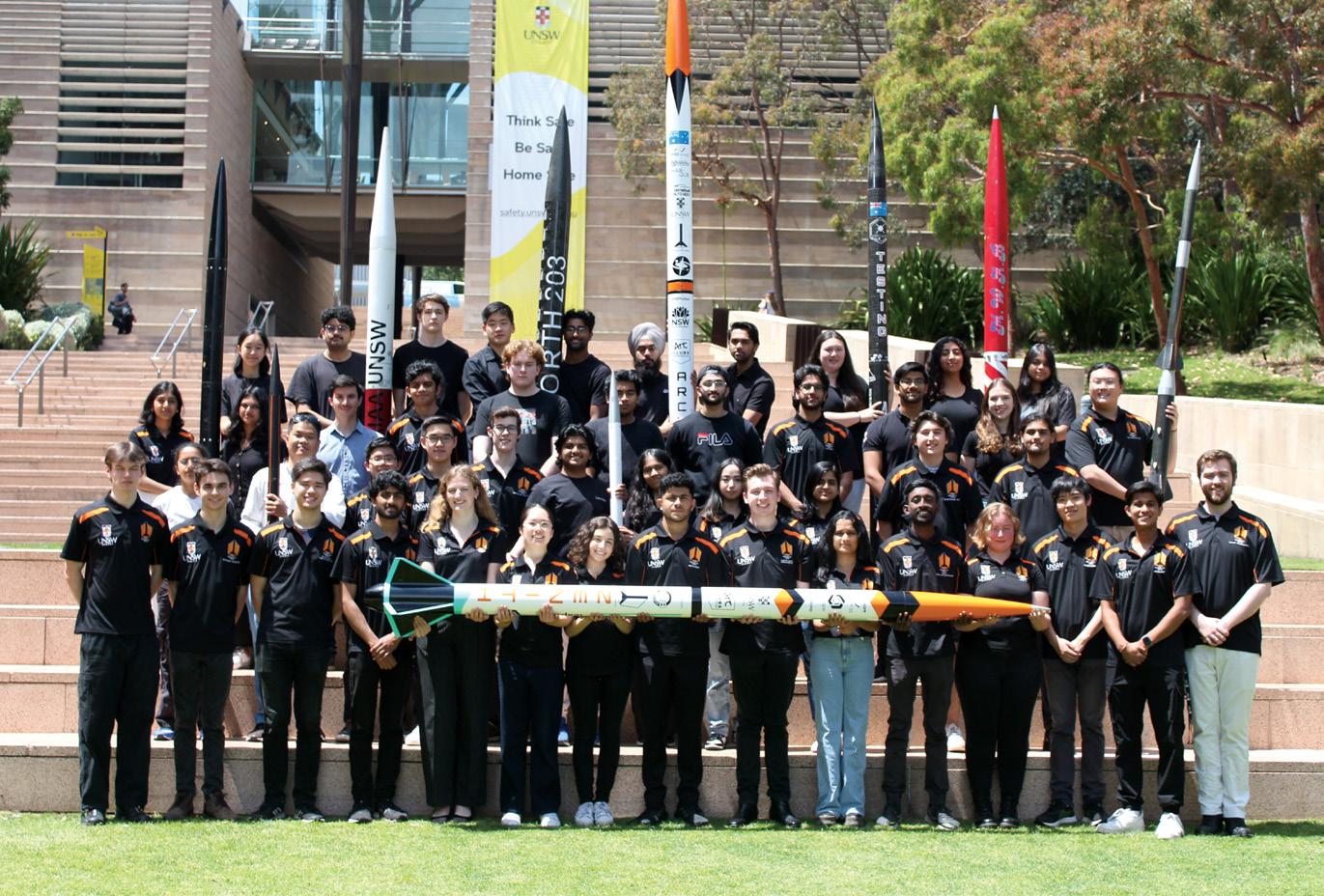
memories,” Jennifer recalls. “It was my first big team launch. It helped me get a lot closer to a lot of my now close friends who are also my teammates, and made me want to become vice president in the first place.”
One of Jennifer’s uni highlights so far has been a trip to Mullaley, NSW, with the UNSW rocketry team for the successful launch of their rocket, named Zenith. “That trip is one of my favourite
I wanted a job that was challenging and had interesting problems to solve.”
Jennifer credits UNSW’s unique club and society culture for shaping her university experience. “I wouldn’t have met most of my friends or had the opportunities I’ve had without being part of such a well-connected community. It’s like a small town where everyone knows each other.”
Looking ahead, Jennifer hopes to learn more about software in aerospace and contribute to Australia’s growing aerospace industry. “Right now, as an engineering student, I hope to just gain as much experience as I can and embrace this learning stage in my career.”

Day in the life ... 10am
Arrive at work, check emails and read the satellite log. Check if I need to plan any manoeuvres, schedule any satellite operations or investigate any satellite telemetry.
10:30am
Plan or check manoeuvres.
11:30am
Following up a Bachelor of Commerce with a Bachelor of Aerospace Engineering, set Sydney-based space lover Divya up for an out-of-this world career. “Uni equipped me with problem-solving skills, a good technical foundation and prepared me for hard work,” she says, “But there was plenty of on-the-job learning too!” And while the degree was challenging, it laid the groundwork for getting into one of the most exciting fields in tech.
With ten years of space industry experience, Divya is now a technical specialist in Optus’ satellite division - working with all the excitement of the space industry, from the comfort of Earth. One day she’s analysing data 36,000km away and the next she’s coding new satellite procedures or planning manoeuvres to keep them sky high.
“The coolest bit is just knowing that what I’m doing down here is controlling a satellite thousands of kilometres high up in space,” she says. “Technology is amazing!”
Divya stresses that although a Bachelor of Aerospace Engineering was instrumental in prepping her pathway, some of her colleagues have backgrounds in other engineering fields, physics and astronomy. The common denominator? A passion for space and desire to learn more!
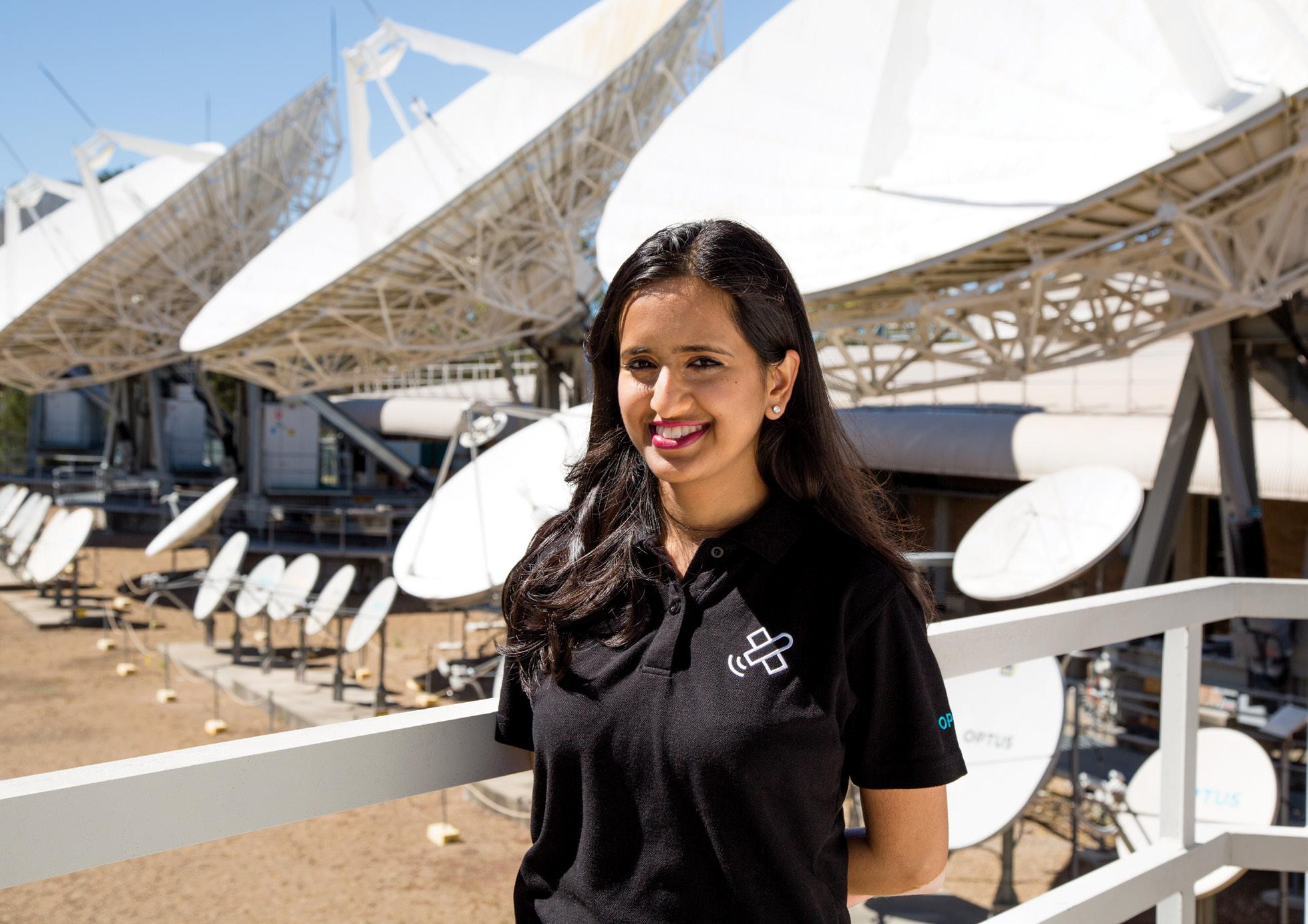
And for those looking to set off on a similar mission, Divya’s advice is pretty simple: “Just go for it! Get as much work experience as possible while at uni - it gives you a good taste of what it’s like to work somewhere as a graduate.”
Space is a really exciting place to be right now!”
Meeting with the Satellite Operations Team to discuss any recent satellite or ground issues.
12:30pm
Lunch (outside if the day is sunny, with a nice view of the satellite antenna dishes!)
1:30pm
Head to the Satellite Control Room to execute any required satellite operations.
3:00pm
Project work for upcoming satellites and reading documentation
4:00pm
Coding and testing of satellite procedures on the satellite simulator
5:30pm
Plan or check more manoeuvres, analyse satellite telemetry data
6:00pm Home time!
It’s never too early to plan your dream career. Check out space-careers.com for the latest aerospace engineering jobs around the world.

If you’re keen on aerospace engineering, make sure you focus on maths, physics, IT, and design technology at high school.
Check out the UNSW student rocketry team on Instagram.
Follow the Australian Space Agency on Instagram.

Get your flamey stuff explained by professional rocket orientation specialist and explainer of stuff, @everydayastronaut .
Check out aerospace engineer Michele Raiano as he shares the best of aerospace, aviation and sci videos on TikTok.
Kerbal Space Program
Build rockets, launch missions and learn orbital mechanics.
Microsoft Flight Simulator
Try some realistic flying and systems management.
SimpleRockets 2
Iron Man (2008)
The air force, flying suits and Hollywood hype come together in this action-adventure sci-fi.
Hidden Figures (2016)
Maths and aerospace go together like NASA’s early space program and the legendary mathematicians behind it.
The Martian (2015)
All good aerospace engineers need to be able to solve problems, innovate and persevere... Just like astronaut Mark Watney in this sci-fi classic.
Interview with Astronaut and Engineer Dr Sandra Magnus (YouTube)
What’s it like to fly missions with NASA? What do you need to make it?
How the Boeing 747 works (YouTube) Check out this full doco about the jumbo jet from Real Engineering.
Aerospace Engineer Answers Airplane Questions From Twitter (YouTube)
Thanks to WIRED magazine, all your questions are answered.
Design, test and launch spacecraft using physics-based gameplay.
• Learn by doing and build a model rocket kit or two.
• Visit your local aviation museum or space centre.
• Enter a STEM or robotics competition like the Australian Space Design Competition or the Australian Youth Aerospace Association (AYAA) Rocketry Competition.
To read this job kit online, scan here
